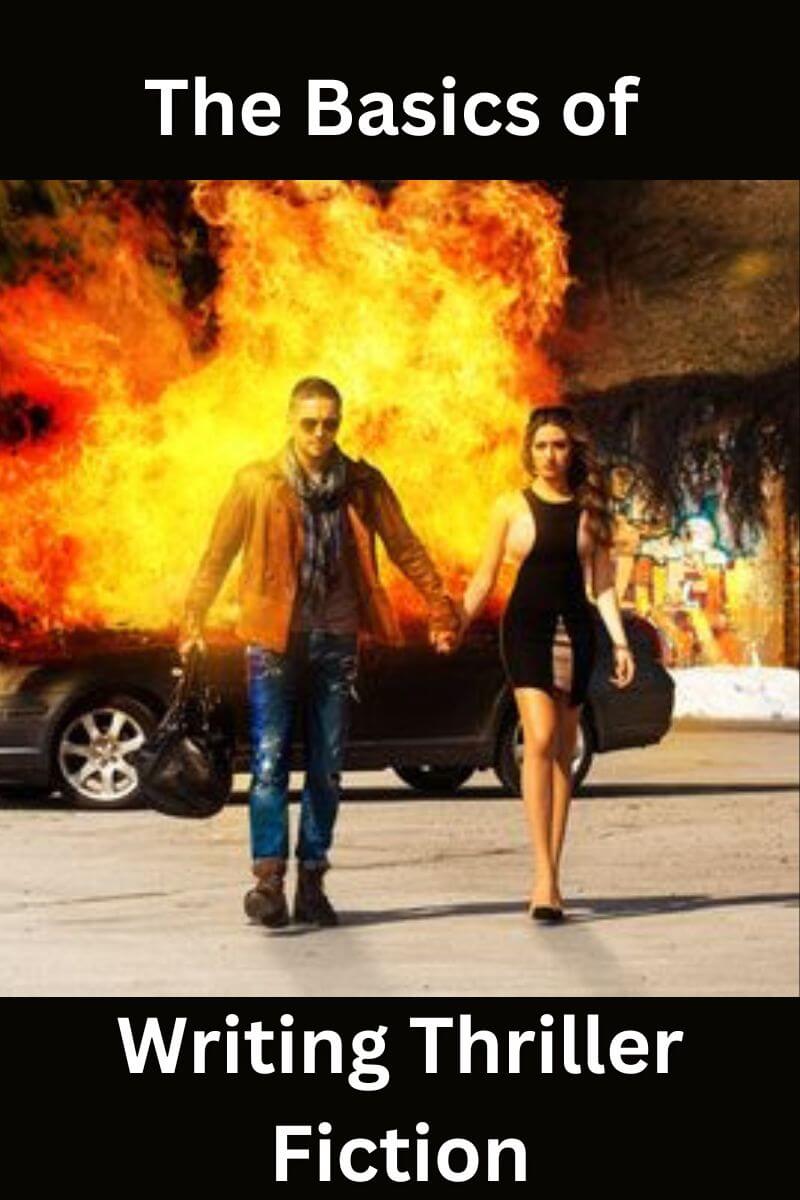How to create a good introduction
by Marissa
Question: I'm having trouble creating my first paragraph. I always feel like I have a good first sentence but after that I feel like I keep giving way too much backstory. How do I make a good introduction? I struggle with it the most when I'm writing a dystopian or post apocalyptic story because I feel like I need to explain everything that's happened to get to where we are. Like in what I'm working on now aliens invade and well kill pretty much everyone. So the first paragraph is about them invading but then I feel like I have to put all this stuff in that happens afterwards and how many people are left in the world. Would I need to give a number on how many people are still alive or could I just say that the killed most of humanity and pretty much everyone is dead? Write now my introduction or part of my introduction is this "They invaded. Took control of the planet. Killed over 99% of the human population. It took them only 11 seconds. 11 seconds that's all it took for the world to end." Is that good? What could I add or change to make it better? Since the invasion doesn't kill everyone the aliens go out and hunt them down to kill the rest of the humans. There's also a five year time gap from the time of the invasion to when it takes place. Would I need to put that all in the introduction or could I pace it out through out the book? Also there's a group of humans that have survived the whole things and are hiding out underground. Would I need to put that in the introduction and how the found their little base and how they're fighting back? Or would I just spread that out through out the book? I keep trying to squeeze everything together in the introduction.
Answer: You're quite correct that a big info dump on the first page is not usually the best way to hook a reader into the story. Usually what hooks a reader is either...
1. Character: connecting with an interesting and appealing main character or narrative voice.
2. Event: being plunged into the middle of a tense situation or some unfolding action.
Either of these two can be made better with a little bit of mystery.
If you don't explain everything at once, it arouses the reader's curiosity. Readers enjoy the game of trying to figure out what's going on and seeing if they are right. Show them a character acting in a certain way and they'll wonder why. Show them an unusual feature of the environment and they'll wonder
If you dole out information a little at a time, perhaps on a "need to know" basis, the readers can gradually fill in the jigsaw and learn if their first impressions are right. A gradual immersion in the story world is better than a history lesson.
Remember too that your point-of-view character may know some things but not everything, so by accompanying the character as she learns things, the reader can learn them at the same time.
Take a look at Divergent, for example. Roth could have made the first chapter an essay on the city and its social structure, but instead she starts with one little detail: the fact that the main character can only look in the mirror once a month. That detail tells us something surprising about her upbringing, her family, and her community's beliefs, which makes us curious to know more about them. The word "faction" does the same thing.
But what really draws us in is the character of the young girl, Tris (who sneaks an extra look in the mirror as an act of rebellion), and the relationship she has with her mother.
In the rest of that chapter, we learn a little more about the society, what the various factions think about each other, and other details that start to fill in our understanding of the world. But throughout, we remain firmly in Tris point of view and seeing how she feels about everything as she moves through her world.
Another example you might look at is The Hunger Games. By the time we reach the end of the first chapter, we know a lot about the world of Panem, but Collins also avoids creating an info dump. Instead, we gradually learn the facts as we get to know Katniss as an interesting character -- how her first impulse when her sister brought home a kitten is to drown it, how she doesn't want to ever have children, how she can't forgive her mother, how angry she is at the Capital and how powerless she feels.
It's interesting to note that the film of The Hunger Games begins with a brief info dump on a title card that explains the basic facts of the story world. The reason is that the film medium has a disadvantage: it's harder to reveal information anywhere except in dialogue, which creates the problem of characters telling each other things they already know. But in a novel, you can put the information in the narration. You can gradually fill the reader in on things the main character knows, while staying in that character's point-of-view.
Comments for How to create a good introduction
|
||
|
||
|
||
|
||
- Home
- Writing Questions
- How to create a good introduction











